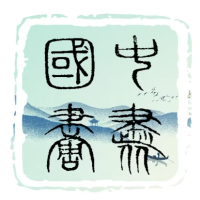吴善璋,戊子岁生于姑苏。少承家学,习楷启蒙,遂染篆隶、行草诸法。静观古帖,心摹手追,曾历王逸少、颜鲁公、欧阳率更、孙过庭、米元章、王觉斯、何绍基、赵撝叔、吴缶庐诸名迹,深得其韵。旁涉汉简遗篇、敦煌残卷、晋人遗纸,广采博纳,渐成风骨。笔墨简远,神韵自生,清峻流畅,古雅天成。
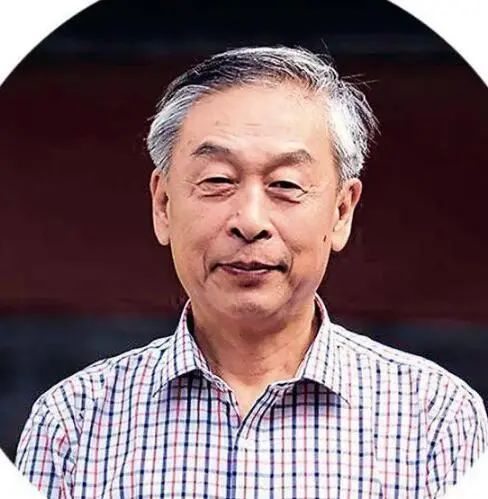
吴善璋于书道,少怀志意,耽于翰墨,与之偕行,岁月如斯,始终未离弃。探古碑刻,汲其精华,复于今世挥洒自如,亦得艺林高识。其笔端所出,墨滴凝时光,字划隐锋芒,匠心独运,动静相生,意境高古,不流俗尘。善璋书艺,承古自新,入古不溺,出新不越。初循规矩法度,后以心境通融百家,法从意出,意随法生。观其书,字间气脉贯通,虚实相宜,势如风行水逝,沉静间自含雄浑,清远中蕴含苍茫。书不囿法,唯见意趣,微微隐含天地之势,令观者心游神往,不觉岁月。吴公胸襟豁达,于书中见天地,于墨中探万象。虽不言,不自述,而意韵悠然自显,风骨沉稳中自具雄姿,非凡笔所能尽述。
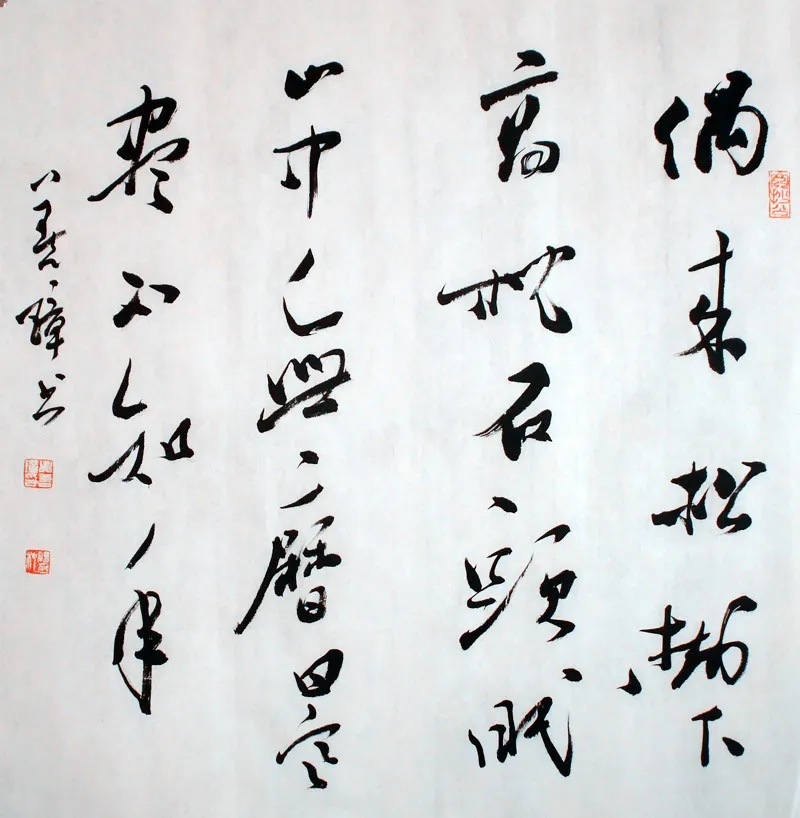
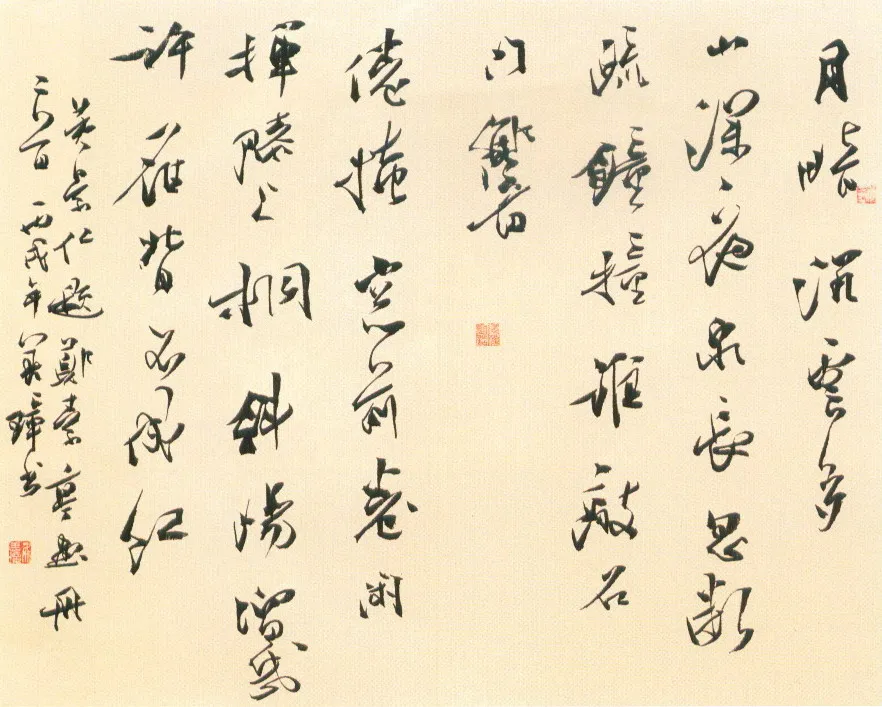

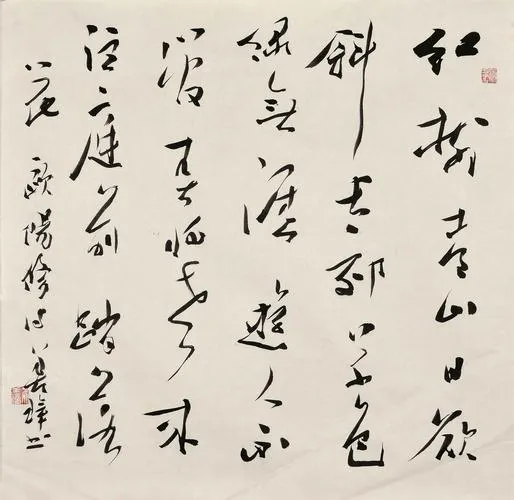
吴善璋书法墨韵深沉,笔意绵长,非徒文辞之载,亦乃情怀流淌。于浓淡干湿间,写心中浩渺;于线条起伏中,寄胸中丘壑。刚柔并济,阴阳相生,山川草木、风雷鸟兽,皆化神采,跃然纸上。书艺既承古法,又不泥其规。吴公善运墨色,浓淡交映,如清风拂水,徐疾相生;起笔落锋,如山峦起伏,转折有度,力透纸背。笔墨交织,静中见动,动中藏静,生命之气,于笔下自生,若伏龙飞云,时隐时现,韵味无穷。其艺路,贯通古今,非古不为,非今不取。心追古人,不囿古法;神交当代,未失本心。于碑帖残纸中探幽,于时代气息中铸新。古韵未消,今风渐起,厚重间藏清雅,简远中生峻峭,文化底蕴深厚,其笔墨自带时代之光。
吴公之书,非止笔法之精妙,实乃与天地同道,与万物共理。其书,简远清雅,追平和澹泊,性情所至,自然为真。虚华外饰,未入其境;雕琢造作,远于其道。其信,书当如人,诚于内而真于外,返璞归真,方得其大。故观其作,清澈如秋水,明净若霜天,气息寥寥,神意绵长,凡观之者,无不心驰神往,浸润其中,不觉岁月流转。每幅皆如宇宙大象之缩影,万物生机,气韵相通,形藏道显。书道无外,心意自达,人与自然相合,笔墨间,天地呼应,风骨自生。吴书如其身,朴素而韵雅,沉静而含动,字字皆心迹之流,笔笔藏意趣之深。胸中丘壑,随墨意挥洒,世事历练,人生感悟,皆隐于笔端,融于纸上。此种境界,乃人书共契,真淳自见,观者未言而神会,妙趣无穷。

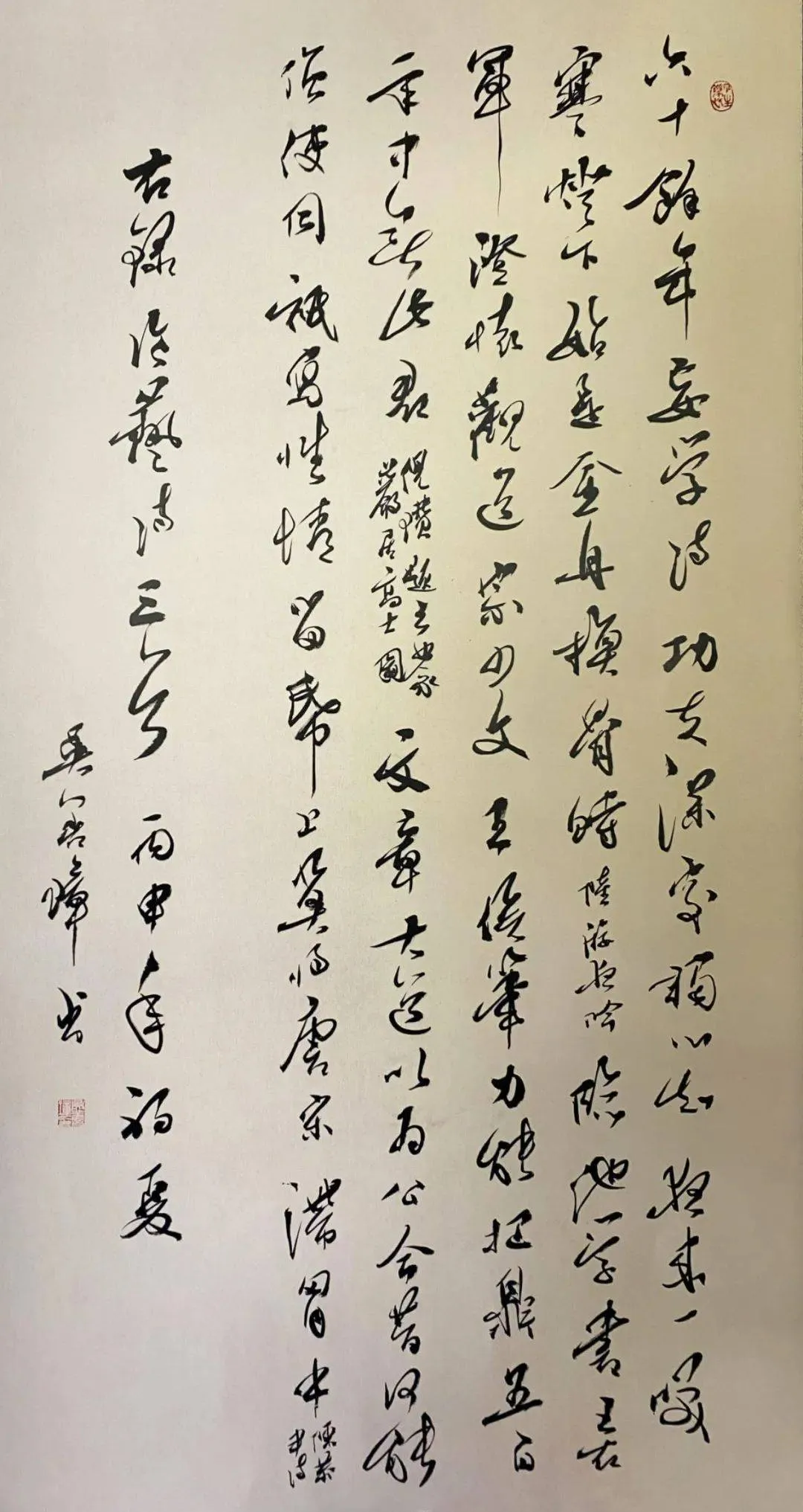
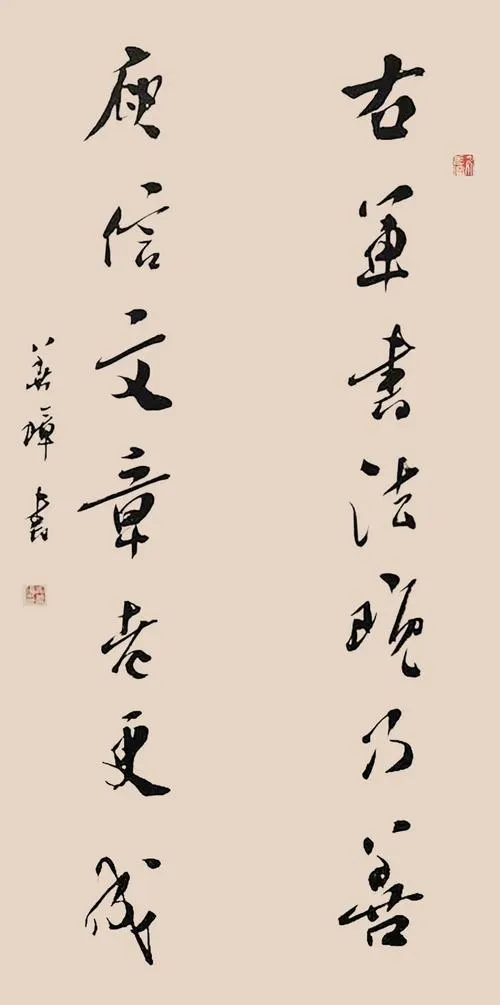
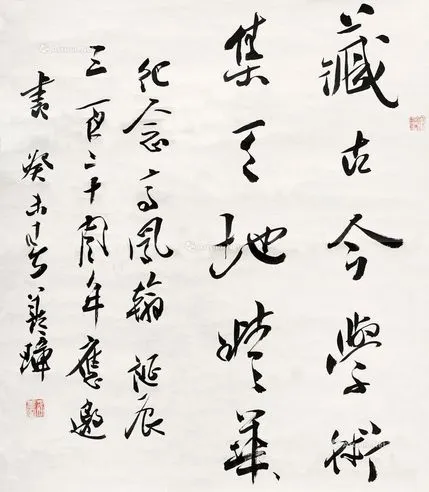
吴善璋常于夜静时分,独对素笺,手握毫端,心游八荒,时空仿佛相融。心中与古人默契,字里与前贤神通。古碑残帖之意,渐入心中,藏于毫下,非技非力,而为心与境之合,形与神俱现。吴公书道,气象高远,心怀天下。其作,不独为己寄意,亦与世同声。翰墨承中华之脉,含时代之神。中南海、黄帝陵、黄鹤楼,皆藏其迹。名流四海,气象万千。然其人不以自誉,唯以翰墨教化后人,传承艺脉,广育英才,书道由此而盛。
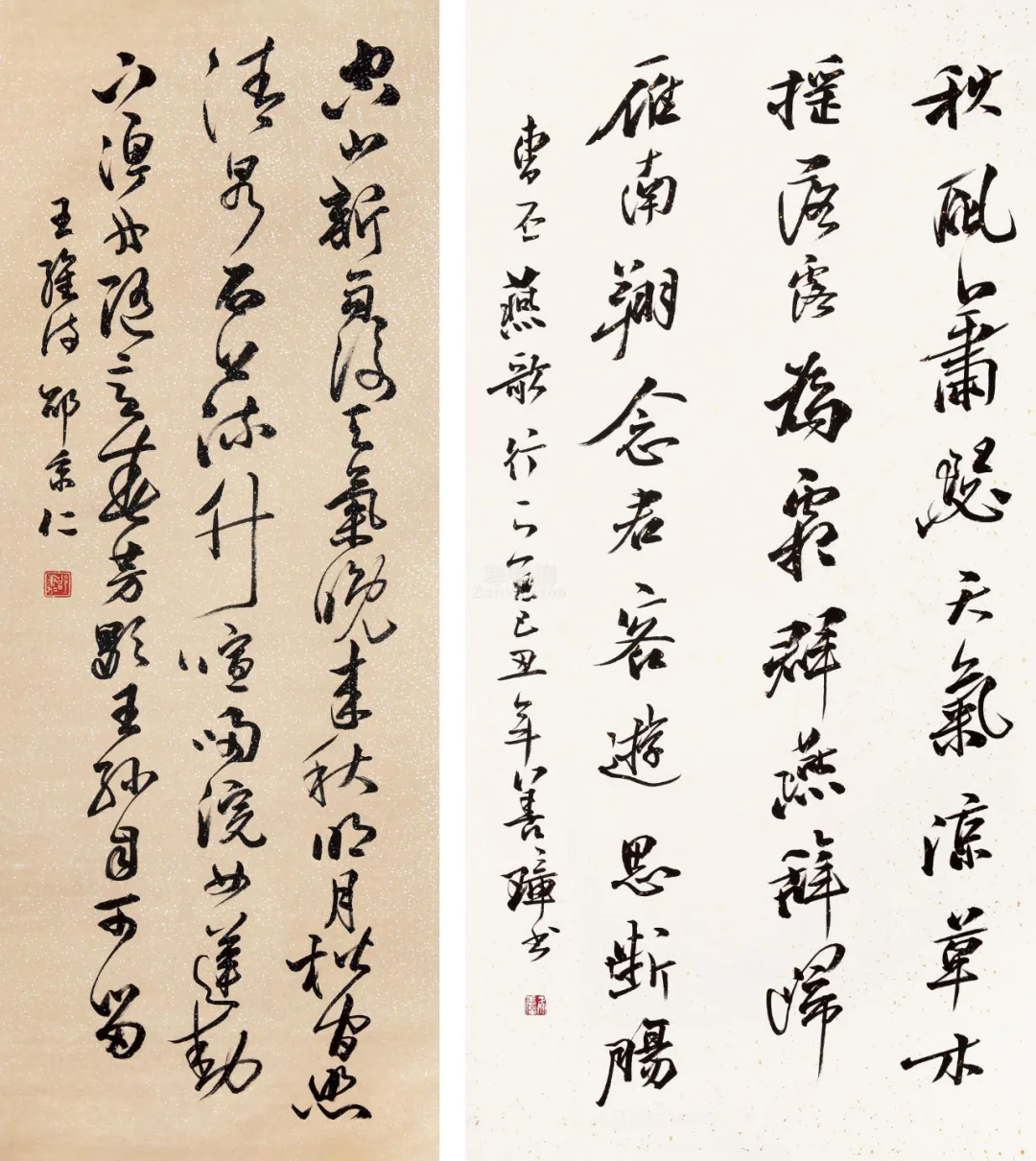
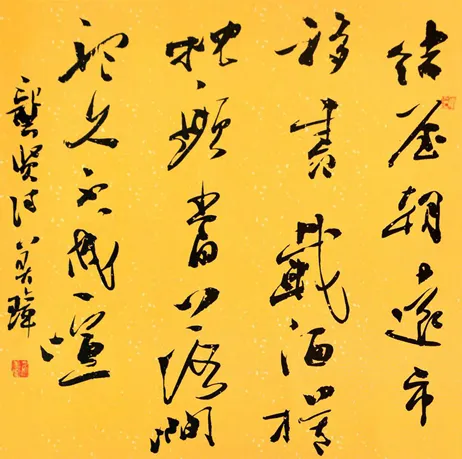
Wu Shanzhang: Graceful Strokes Expressing Fresh Simplicity, Deep Ink Resonating with Enduring Meaning
Wu Shanzhang, born in the seventh month of the Wuxi year, hails from Suzhou. Nurtured in family tradition from an early age, he began his study with regular script and soon delved into the styles of seal, clerical, and cursive scripts. Immersing himself in ancient calligraphic works, he traced and absorbed the essence of masterpieces by Wang Xizhi, Yan Zhenqing, Ouyang Xun, Sun Guoting, Mi Fu, Wang Duo, He Shaoji, Zhao Zhiqian, and Wu Changshuo. With time, he broadened his horizons, studying the Han dynasty’s bamboo slips, the Dunhuang manuscripts, and the surviving papers of the Jin period. Drawing from these rich sources, he gradually developed a personal style, blending simplicity with depth, his brushstrokes graceful yet strong, with an elegance that seems naturally born of antiquity.
From a young age, Wu Shanzhang harbored a deep aspiration for the art of calligraphy, immersing himself in ink and paper, steadfast in his devotion through the passage of time. By studying ancient stone carvings and absorbing their essence, he achieved a level of effortless expression that garnered recognition in artistic circles. His brush, steeped in the wisdom of the ages, releases ink that seems to condense time itself, with strokes that conceal power beneath the surface. His mastery lies in the delicate balance between movement and stillness, resulting in a profound and timeless aesthetic untouched by the mundane.Wu’s calligraphy bridges the ancient and the new, embracing tradition without being confined by it, innovating without forsaking its roots. He began by following established principles, but as his understanding deepened, he harmonized the wisdom of past masters with his personal insight, letting form give rise to meaning, and meaning shape form. His works flow like wind and water, with energy coursing through the characters, the balance of emptiness and substance perfectly achieved. Within his composed brushstrokes lies strength, and amidst his clarity is a sense of boundless vastness. Unbound by rigid techniques, his art reveals a world of meaning, subtly infused with the forces of nature, drawing viewers into a contemplative journey, transcending time.Wu’s open-hearted nature is reflected in his art, where he sees the universe in his brush and explores the mysteries of life through ink. Though he does not speak of his accomplishments, nor seek to proclaim them, the depth of his intent and the strength of his spirit are evident in every stroke, with an inherent grandeur that mere words cannot fully capture.
Wu Shanzhang's calligraphy exudes a deep resonance of ink and an enduring brush intent. His works are not merely carriers of written words, but expressions of heartfelt emotion. Through the interplay of dense and light, dry and wet strokes, he conveys the vastness of his inner world; in the rise and fall of his lines, he captures the contours of his thoughts. His art blends strength with grace, yin and yang in harmonious balance, bringing mountains, rivers, flora, fauna, wind, and thunder to life on paper with vivid energy. While rooted in ancient techniques, Wu is not confined by their rules. He skillfully manipulates ink, blending shades of darkness and light, much like a gentle breeze rippling across water, with alternating smoothness and briskness. His strokes rise and fall like mountain ranges, turning and shifting with precision, penetrating the paper with strength.The fusion of ink and line reveals movement in stillness and stillness in movement, as the breath of life flows from his brush, like a hidden dragon or fleeting cloud, appearing and disappearing with endless charm. His artistic journey bridges ancient and modern, embracing neither purely for their own sake. His heart follows the path of the ancients, yet he is not bound by their methods; he engages with the present while remaining true to his essence. In ancient steles and fragments of paper, he seeks out the hidden spirit, while forging new expressions imbued with the energy of the times. The ancient resonance lingers, while the modern wind begins to rise. His works contain both weight and elegance, simplicity and sharpness, reflecting a deep cultural foundation, yet his ink carries the light of the present age.
Master Wu's calligraphy is not merely a display of technical prowess but a reflection of his alignment with the cosmos and his harmony with all things. His art embodies simplicity, elegance, and a pursuit of tranquility and clarity, flowing naturally from his temperament. It is free from superficial embellishments and distant from artificial ornamentation. He believes that calligraphy, like a person, should be sincere within and authentic without. Only by returning to simplicity can one achieve greatness. Thus, his works appear as clear as autumn waters and as pure as a frosty sky, with an ethereal breath and profound spirit that draws viewers into a deep reverie, making them forget the passage of time.
Each piece serves as a microcosm of the universe, where the vitality of all things flows in harmony, form concealing the essence of the Dao. The art of calligraphy transcends the external; it is the direct expression of the heart and mind. In Wu's brushstrokes, the harmony between man and nature is evident, as the universe responds through ink, and strength of character emerges.
His calligraphy mirrors his own being—simple yet elegant, serene yet dynamic. Each character is a reflection of his inner thoughts, every stroke containing the depth of his insight. The vast landscapes of his mind are released through ink, with his life's experiences and wisdom hidden in each line, blending seamlessly onto the page. This union of man and art reveals an innate purity, where viewers, without words, instinctively understand the boundless charm and profound meaning within his works.
Wu Shanzhang often sits alone before a blank scroll in the quiet of night, brush in hand, with his mind wandering across the vastness of the world, as if time and space merge. In his heart, he communes with the ancients, and through his characters, he connects with the spirits of past masters. The essence of ancient steles and fragmented manuscripts gradually enters his heart and flows through his brush. It is not mere skill or force but the union of mind and circumstance, where form and spirit become one.
Master Wu's calligraphy embodies a grand vision, with a heart embracing the world. His works are not solely personal expressions but resonate with the spirit of the times. His ink and brush carry the pulse of Chinese culture, imbued with the essence of the present era. His works are housed in places of great significance, such as Zhongnanhai, the Mausoleum of the Yellow Emperor, and Yellow Crane Tower. His reputation extends across the world, with his art reflecting the grandeur of his vision. Yet, despite his acclaim, Wu Shanzhang does not seek self-glorification. Rather, he devotes himself to using calligraphy to educate future generations, nurturing talents and passing on the legacy of this ancient art. In his hands, the tradition of calligraphy flourishes and thrives.
责任编辑:苗君
